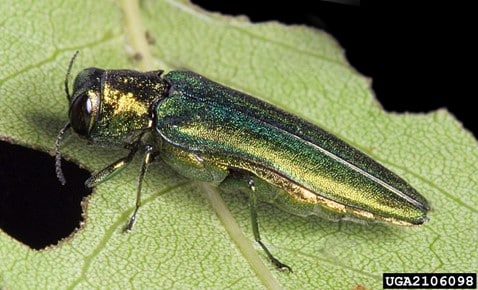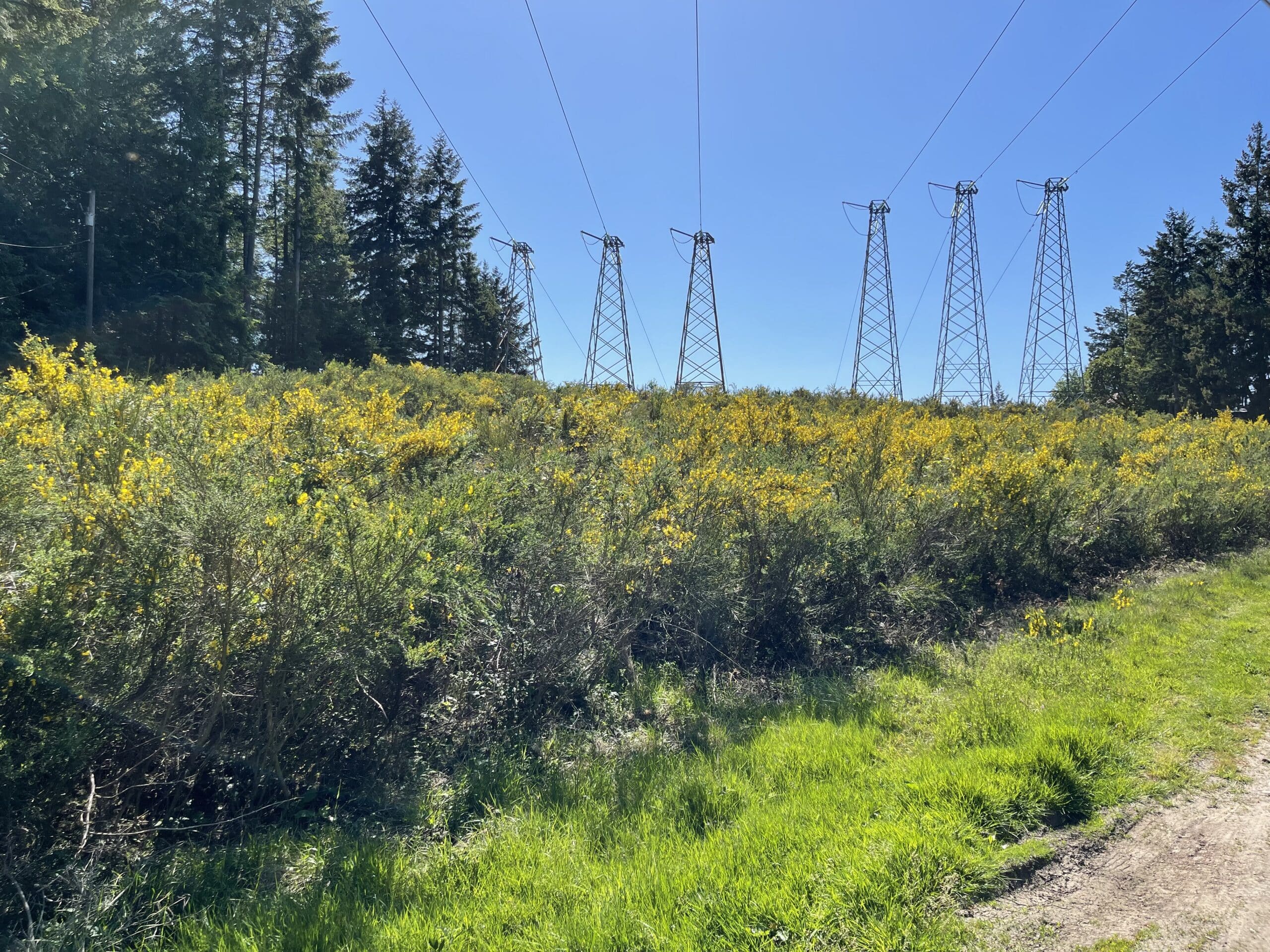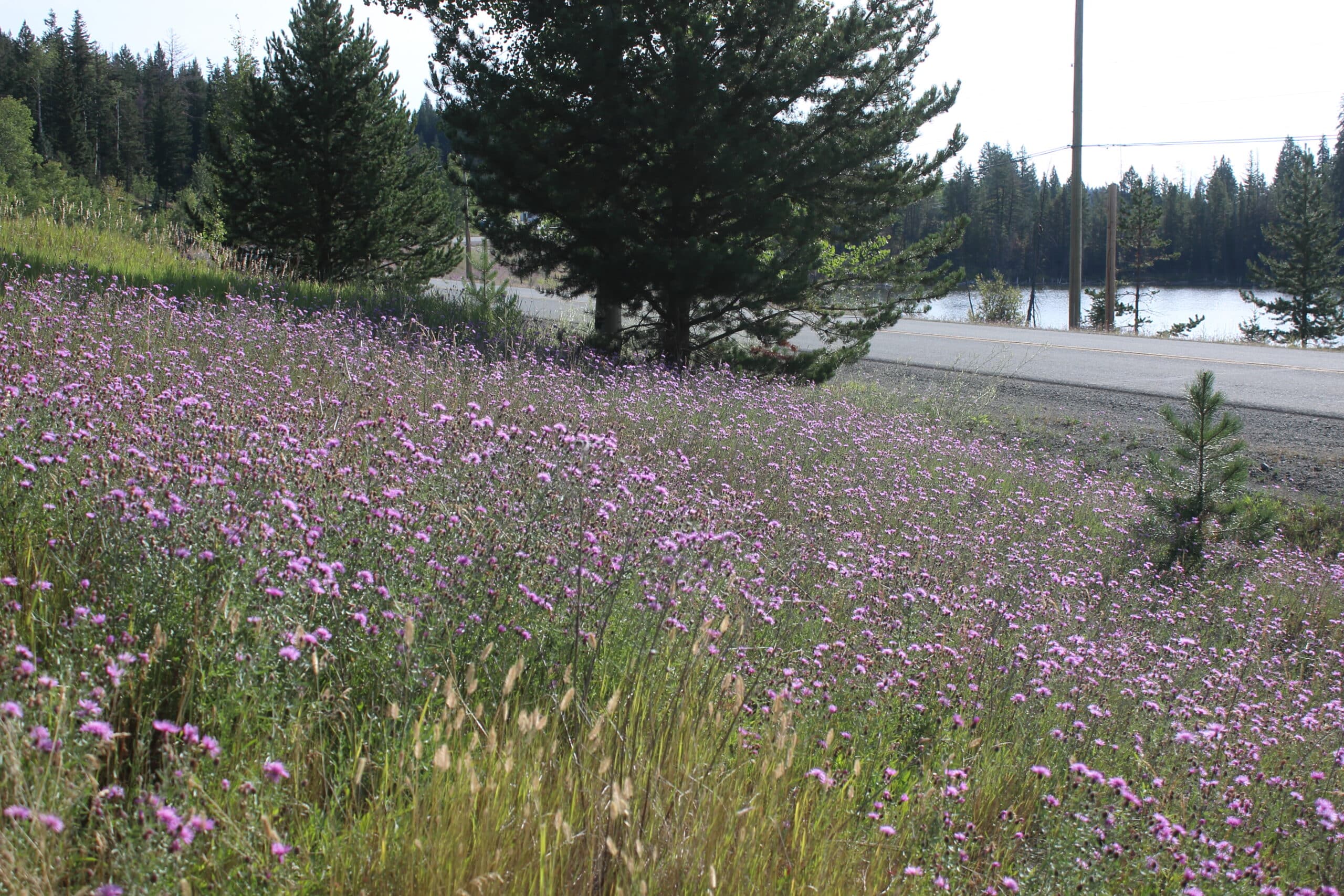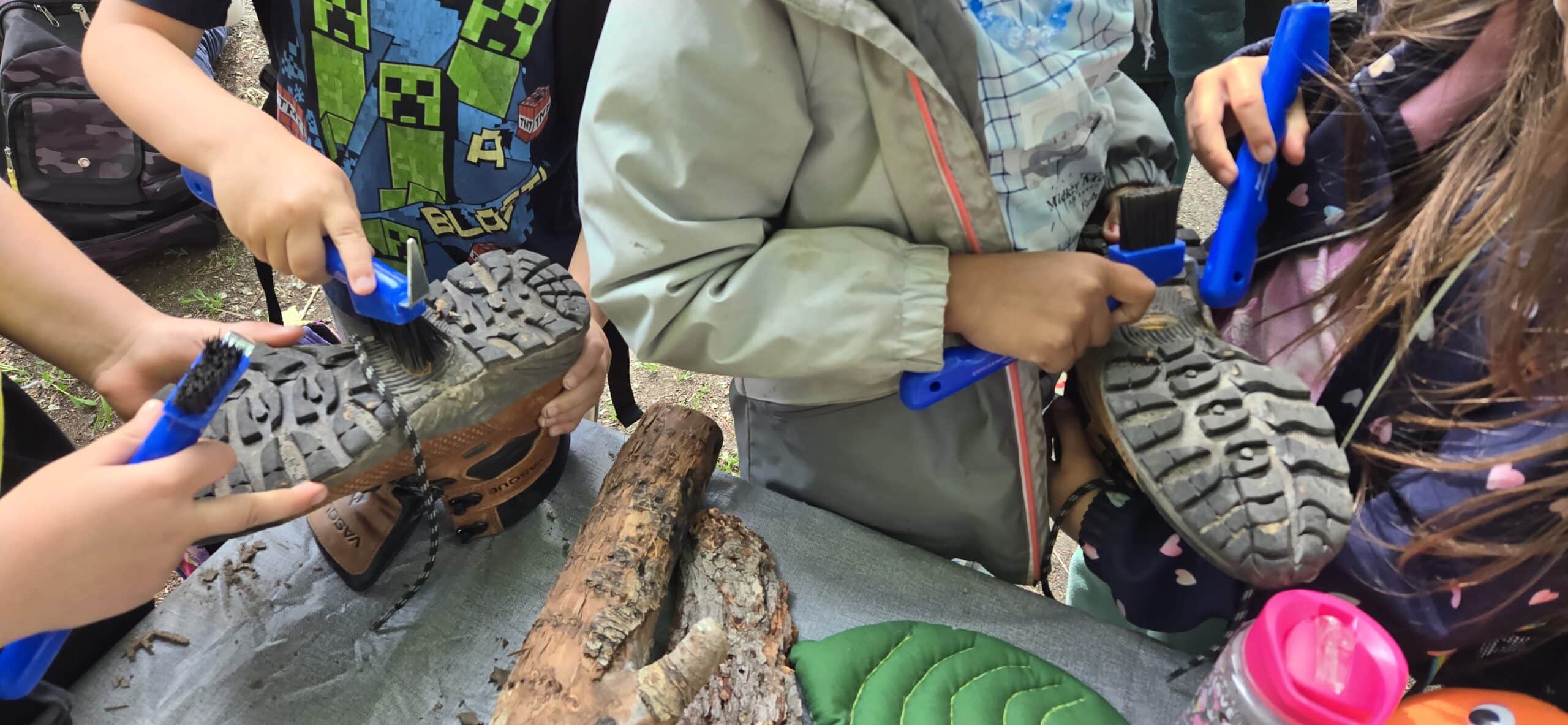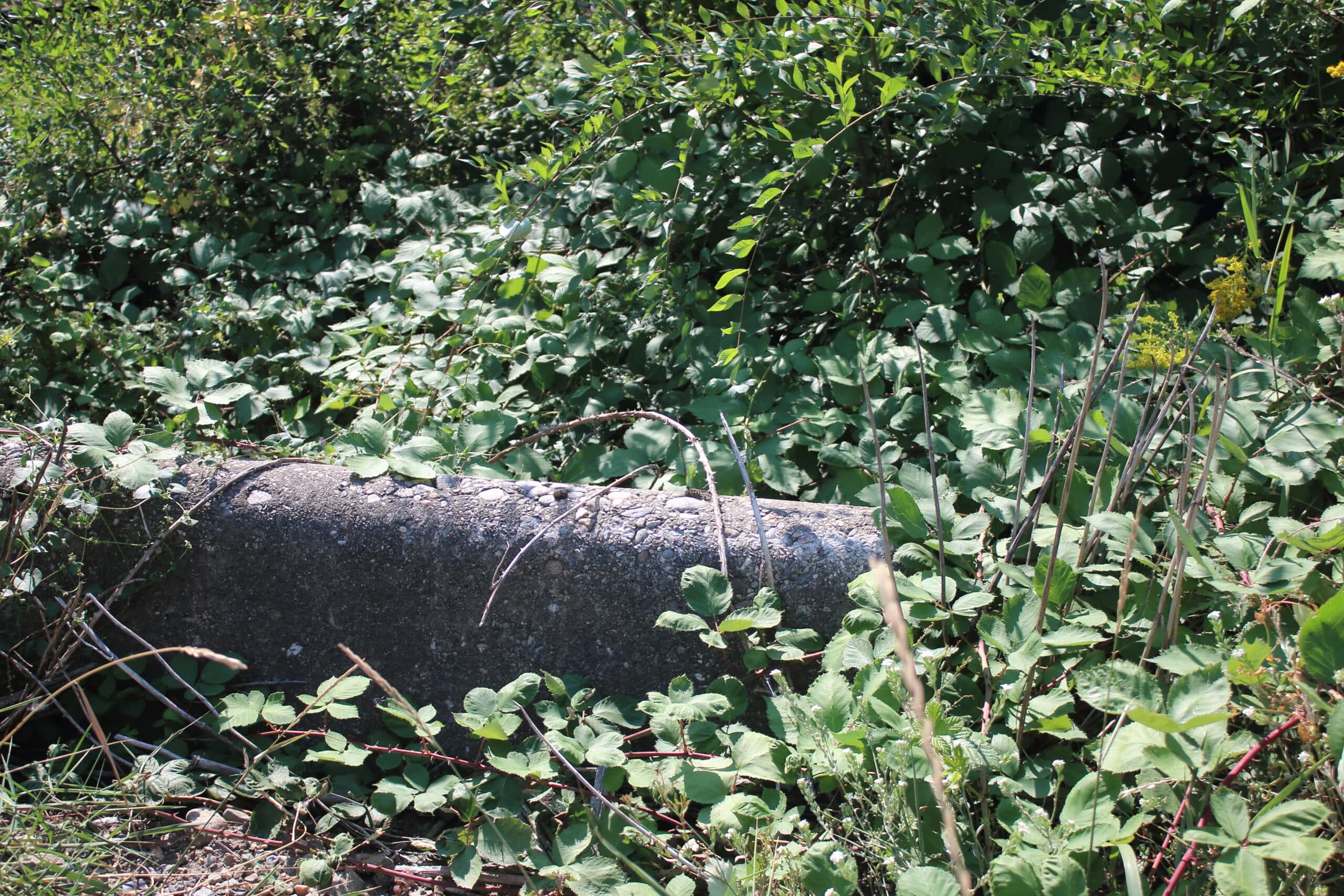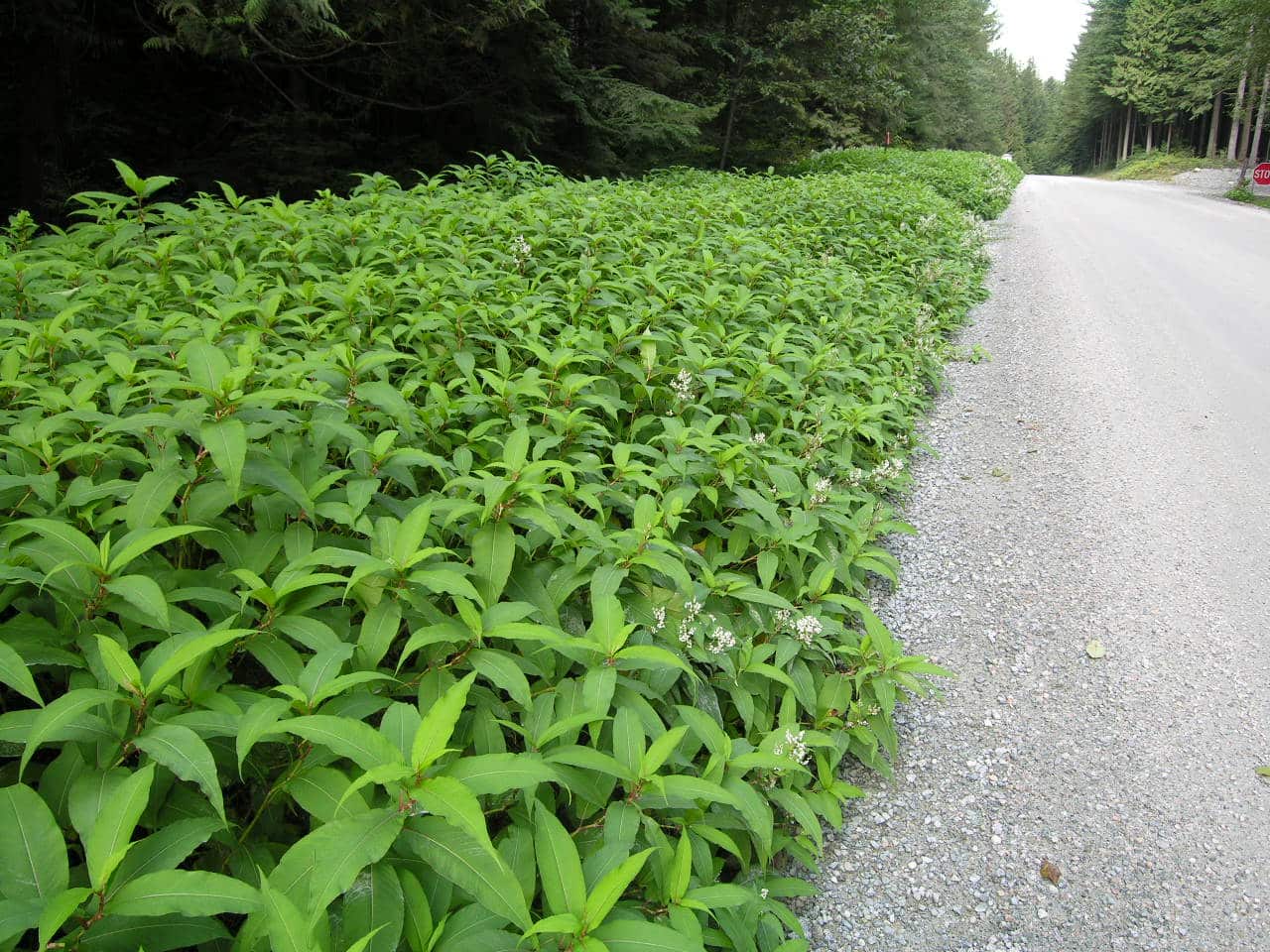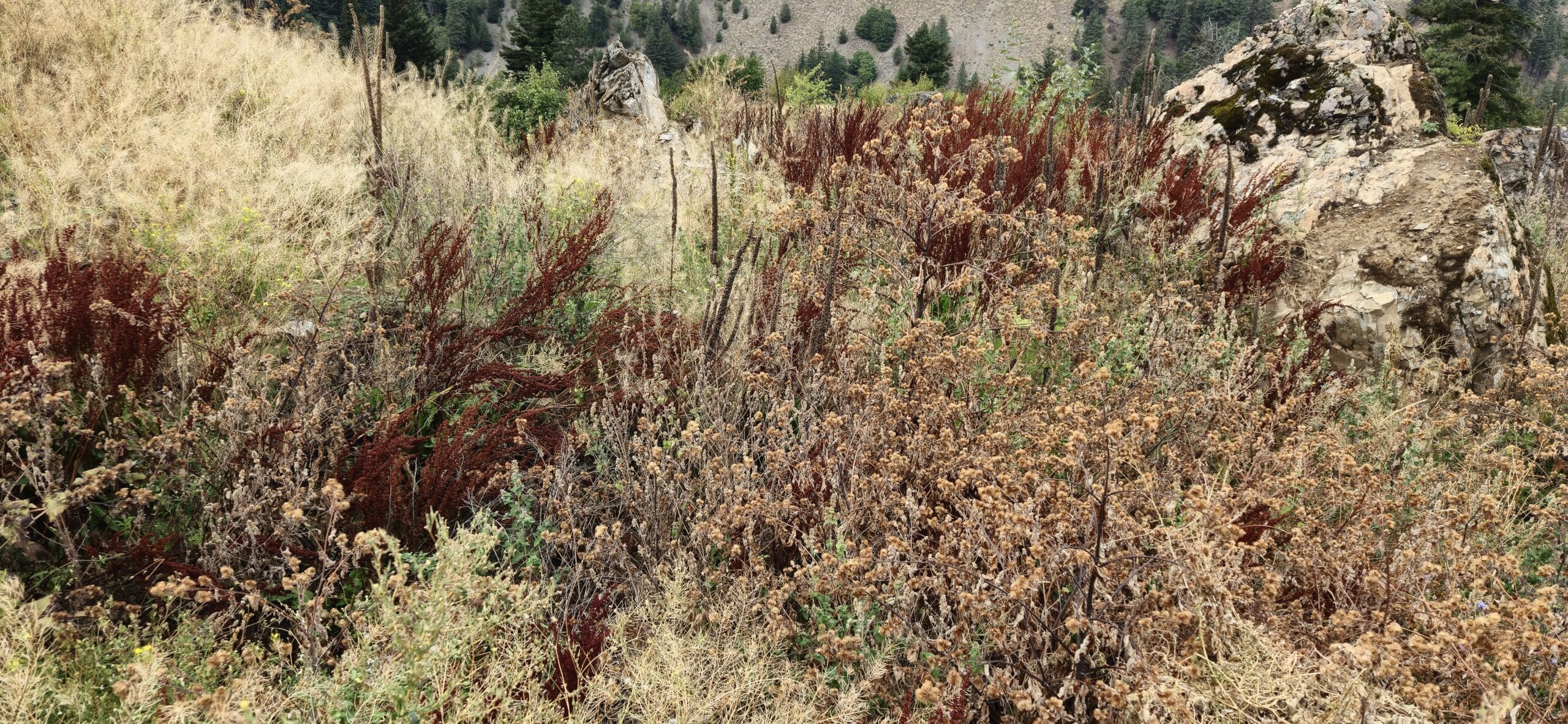By Camille Morales | August 9, 2022
As new sightings of this shiny green beetle rolled in across Eastern Canada and the US, experts warned it would only be a matter of time before the invasive Emerald ash borer (Agrilus planipennis) landed on the west coast. It seems that first detection has arrived, and with it brings concerns for its forests and urban greenspaces alike.
Arrival in North America
Exactly twenty years after Emerald ash borer (EAB) was first sighted in North America, an Oregon dad has discovered the first ever instance of EAB on the west coast. Invasive species biologist Dominic Maze with the City of Portland was waiting to collect his children from summer camp in Forest Grove, Oregon when he noticed a stand of ash trees showing signs of EAB infestation. After confirming the beetle’s presence by finding a specimen on his child’s shirt, experts arrived and determined that EAB has likely gone unnoticed in Oregon for 3-5 years.
Originating from East Asia, these beetles feed exclusively on Ash trees (Fraxinus spp.). The first North American detection of EAB occurred in 2002 in Windsor, Ontario where it likely arrived on imported wood materials from Asia. Since then, it has spread to five eastern provinces and 34 US states, killing millions of Ash trees. Not only do these losses affect the commercial timber industry, they also have resounding environmental impacts, specifically in riparian areas where ash trees provide bank stability, shade, and cover for fish-bearing streams.

Ash is uncommon in BC, however it is frequently planted in urban areas ornamentally. With growing urban expansion, we increasingly rely on urban forests to keep our air clean, store carbon, regulate temperature, and prevent runoff. Perhaps the most worrisome impact of EAB in urban areas will be the associated costs. For example, the City of Toronto projects that expenses relating to the removal and replacement of EAB affected trees would cost the city $37 million over five years.
Identifying Emerald ash borer
Emerald ash borers are tricky to spot due to their small size, measuring only 8.5-14 mm in length, making infestations easily missed. A key ID feature is their metallic, emerald green colour. While other insects share a similar colour, the EAB has a unique narrow, bullet-shaped body. Symptoms of tree decline can be a hint to take a closer look- keep an eye out for yellowing leaves, thinning crown foliage, dead branches, and new shoots sprouting from the tree’s trunk. A telltale sign of EAB are the D-shaped exit holes left on the bark as adults emerge. Looking under the bark will further confirm suspicions if winding channels are present; these are the tunnels created by feeding larvae and are what eventually lead to tree mortality.
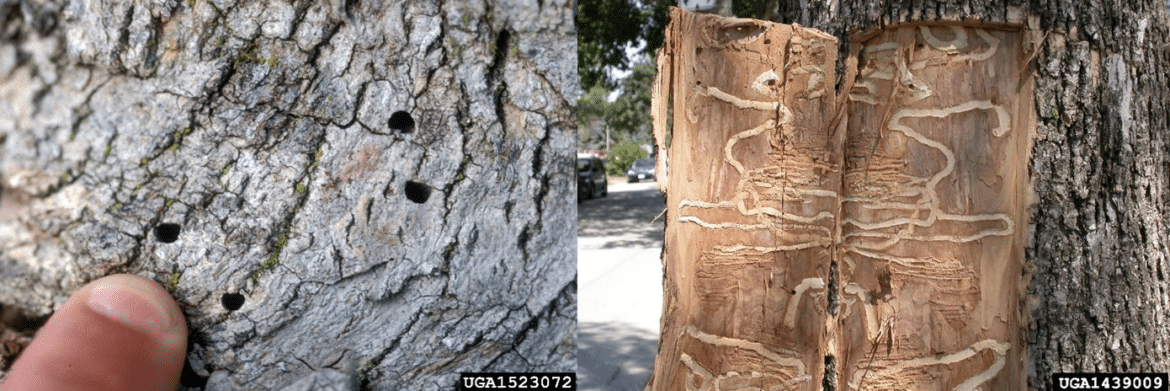
What can you do to stop the spread?
While Emerald ash borers can fly short distances, their spread mainly relies on being able to hitch a ride on transported wood material such as shipping pallets and firewood. If you’re heading out for a weekend of camping, you can help by practicing Buy Local Burn Local: buy firewood in the area you’ll be burning it, and never transport firewood to a new location. If you have firewood left over, leave it behind for the next campers to use. By limiting the movement of firewood, we can prevent invasive insects like the emerald ash borer from unsuspectingly travelling to new locations.
Think you may have spotted EAB or another invasive species? Let the experts confirm your hunch and submit a report on your smartphone using the Report Invasives app. Reports can also be submitted through an online form, or by emailing photos and information to invasive.plants@gov.bc.ca.
Camille Morales is an Insect Ambassador for the Invasive Species Council of BC. She is an insect and nature enthusiast who can be found marvelling at strange bugs both on and off the clock. Camille holds a BSc and a diploma in Forest and Natural Areas Management and can be contacted at cmorales@bcinvasives.ca.
References
Emerald ash borer (factsheet) (nrcan.gc.ca)
Emerald Ash Borer – Profile | Invasive Species Centre
Share


